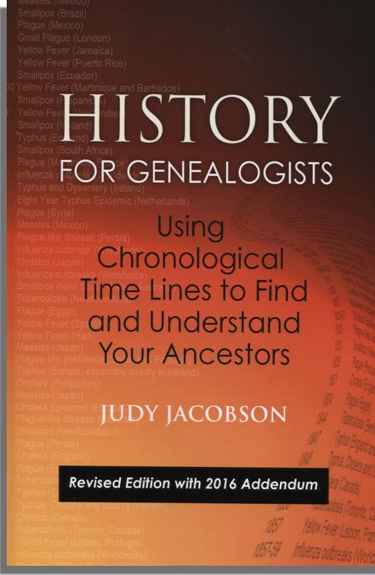Journalist and professional obit writer James R. Hagerty has read and written a lot of obits. In
Yours Truly, he explains why and how each of us should write our own story, sooner rather than later. As Hagerty says in his intro:
"Someday the story of your life will be written. The only question is how well or how badly it will be written--what sort of picture it will leave behind for friends and family members, including those not yet born."
Every family historian who's ever researched an ancestor will appreciate the significance (even the thrill!) of discovering an obit in a newspaper or, these days, on a website. The best obits, in Hagerty's view, reveal more than just bare facts, giving a glimpse of the person's personality, attitudes, ambitions, struggles, dreams, accomplishments, and disappointments.
Yours Truly is a concise and engaging how-to book, an encouraging road map for writing a life story (whether in print or recorded). Chapter 6 includes specific questions to answer, including earliest memories, the best and worst periods of our lives, and more. "In life stories, generic will never do," Hagerty advises, because it's the details and quirks that give a real sense of the person.
Chapter 17 covers sensitive issues about honesty, with the caveat: "When you write a life story you don't have to give away all your secrets or resurrect all your family feuds." Still, the author suggests acknowledging some of our shortcomings or at least admitting when our plans didn't work out as we'd hoped.
Be sure to include historical context, such as what was happening on the day of your birth, and verify oral history, says Hagerty. His own research showed that the day he was born was cool and rainy, even though his mother remembered it as a hot summer day.
In the end, there are a variety of reasons to take the time to tell our life story, Hagerty says: "It's a way to acknowledge your failures, explain a few things your friends and family could never understand, celebrate whatever good fortune you've had, and thank those who gave you a hand or a smile when you needed it."
Yours Truly is punctuated with dozens of readable, fascinating life stories that are anything but dry and generic, whether about someone famous or an ordinary person. Readers learn how to bring life to a life story, showing a bit about what makes each person tick, with touches of vivid imagery or an unexpected last-minute twist we never see coming.
I enthusiastically recommend James R. Hagerty's book for ideas and motivation as we document the lives of our ancestors and tell the stories of our own lives.
Want to see the author interviewed about Yours Truly? Enjoy this YouTube interview conducted by Malaprop's Book store.

























